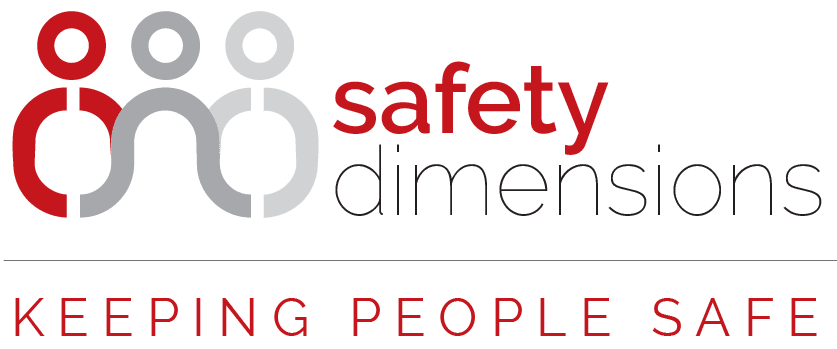In this brief video, Simon Sinek looks at what a psychologically safe work environment looks like and what happens to people when we don’t create a safe place at work. People need to feel safe enough to share their honest feelings with the confidence that their bosses or colleagues will rush to support them – not judge or fire them.
See the full interview on Impact Theory here.
Want to elevate your leadership capacity?
Safety Dimensions offers accredited and non-accredited leadership training for emerging leaders. Through our training, you'll learn how to effectively communicate, set clear priorities, build team cohesiveness and implement operational plans and continuous improvement.
Want this program customised for your workplace and industry?
Call 03 9510 0477 or email [email protected]
From our blog
This is your teen’s brain behind the wheel
A new study of teenagers and their mums reveals how adolescent brains negotiate risk - and the factors that modulate their risk-taking behind the wheel. In the study, reported in the journal Social Cognitive and Affective Neuroscience, 14-year-old subjects completed a...
Accident prevention should look at the big picture of what went wrong
Accident prevention should look at the big picture of what went wrong Accidents, as we all know, happen. But unfortunately, the traditional approach to accident investigation is still blighted by root cause thinking. That's despite the fact that it is now well known...
Keep On Truckin’ – Safely
Keep On Truckin' - Safely What distinguishes a trucking company with a good safety record from one that performs poorly on safety? That's the question which has focused the mind of UNSW academic Lori Mooren. Transport employers proactive in managing road risks Heavy...
What Goes On At Santa Corp? (Video)
Enjoy our Christmas greeting!
A Christmas safety message for busy retailers
As Victoria's retail sector heads into its busy Christmas and January sales period, employers and employees are being reminded to pay attention to workplace safety. Victorian WorkCover Authority (VWA) inspectors have begun visiting retail stores across the state to...
‘Managing’ WHS Risks, Not ‘Mitigating’ Them
Taking the Next Step¦.'Managing' WHS Risks, Not 'Mitigating' Them Dr Paul Johnston - Lead Consultant & Facilitator, Safety Dimensions We use the WHS risk management cycle on a daily basis. However, in many instances, we only consider the overt management issues,...

